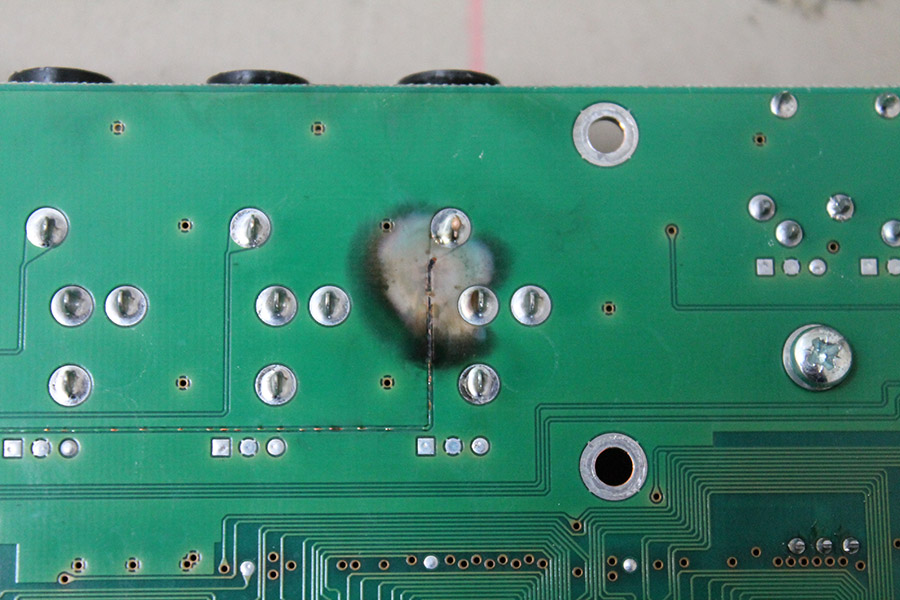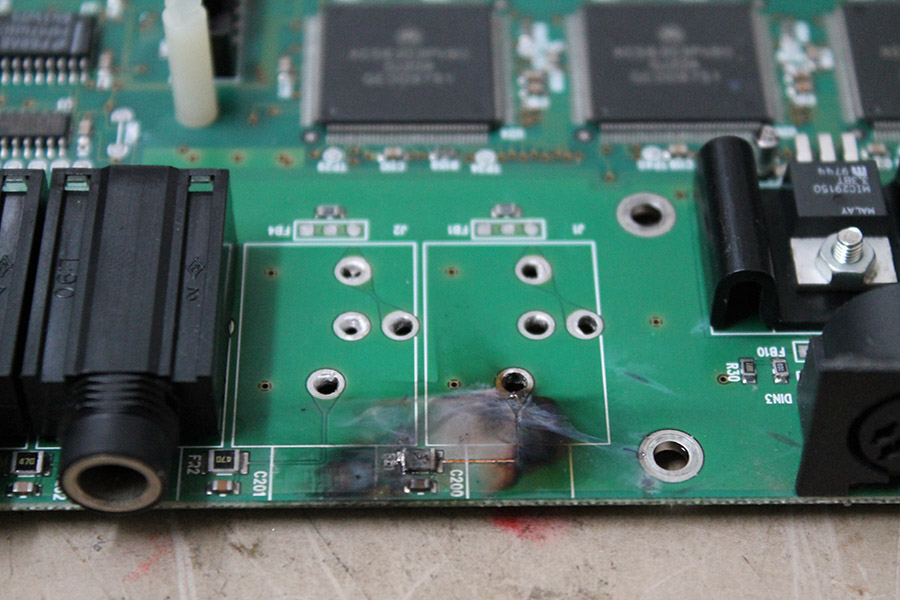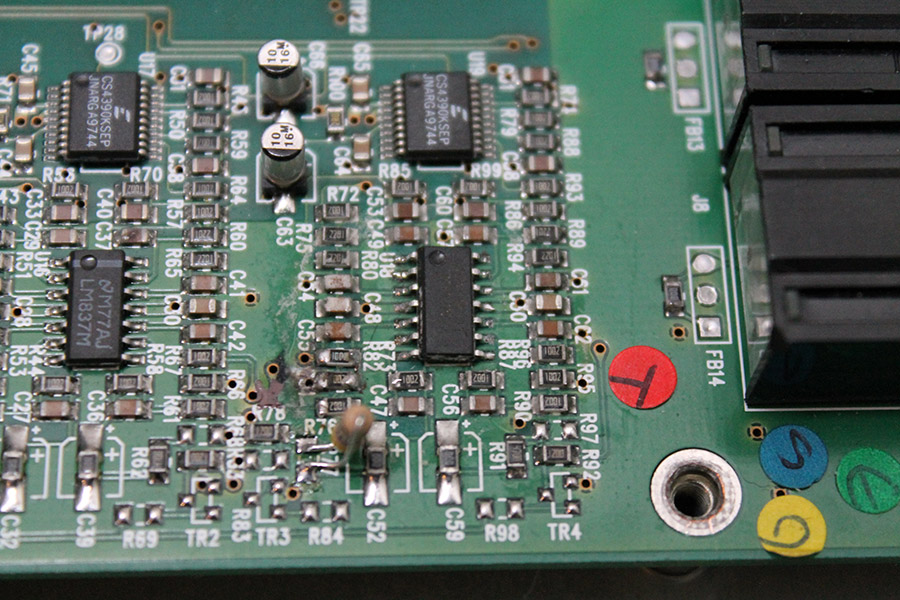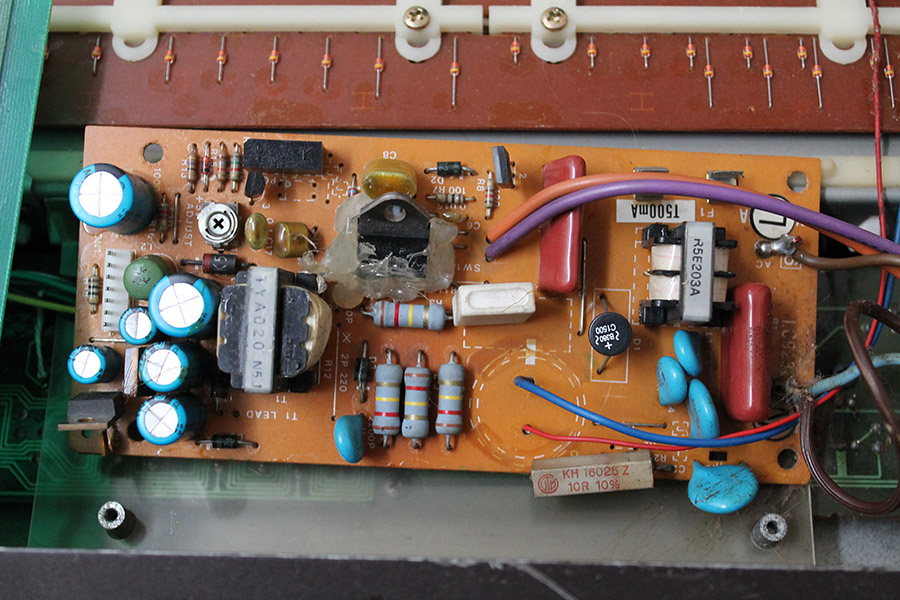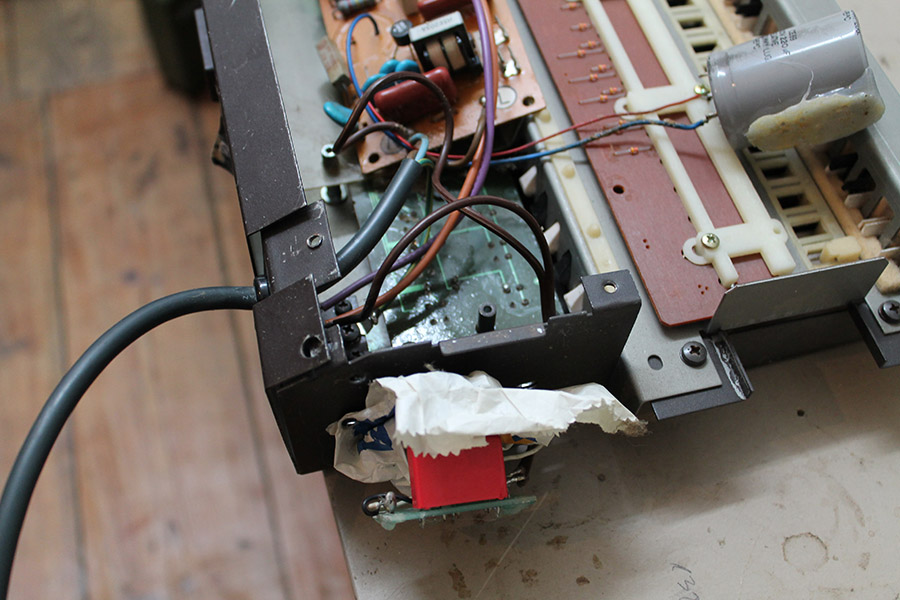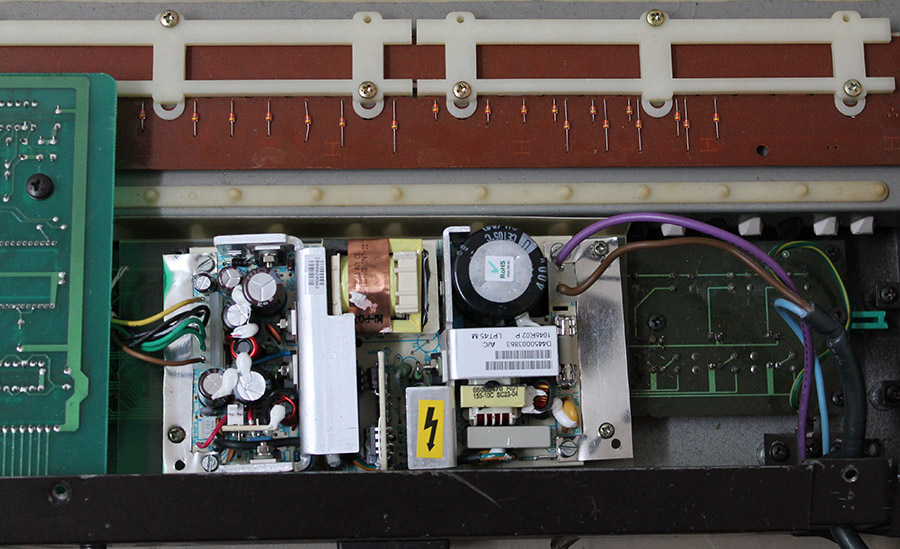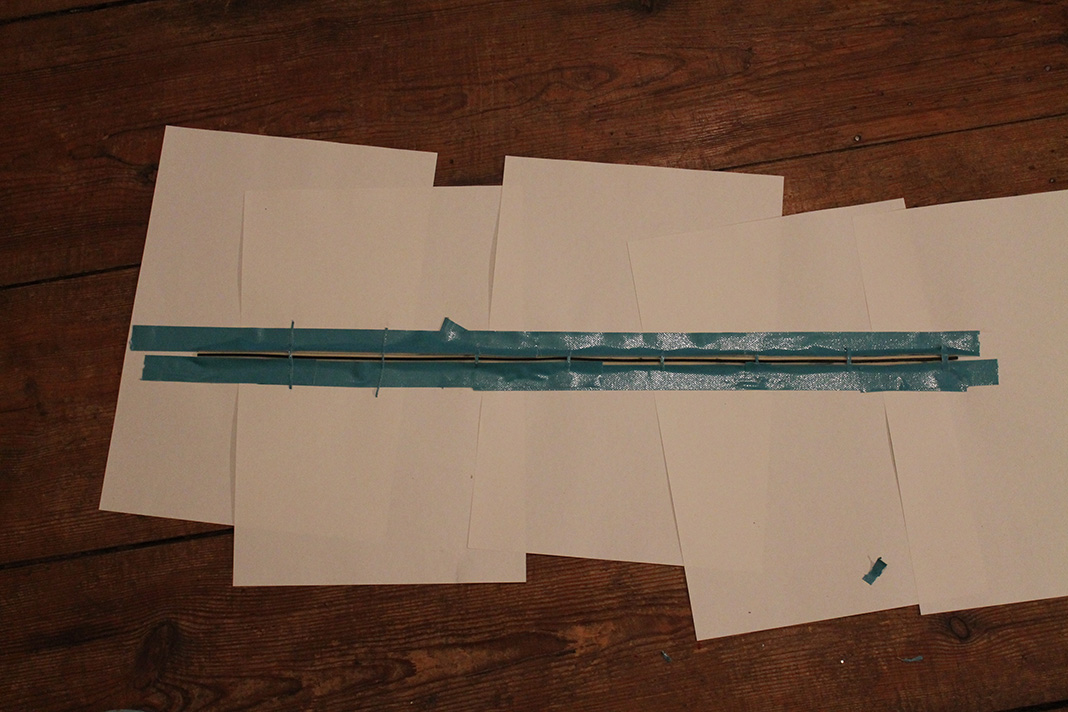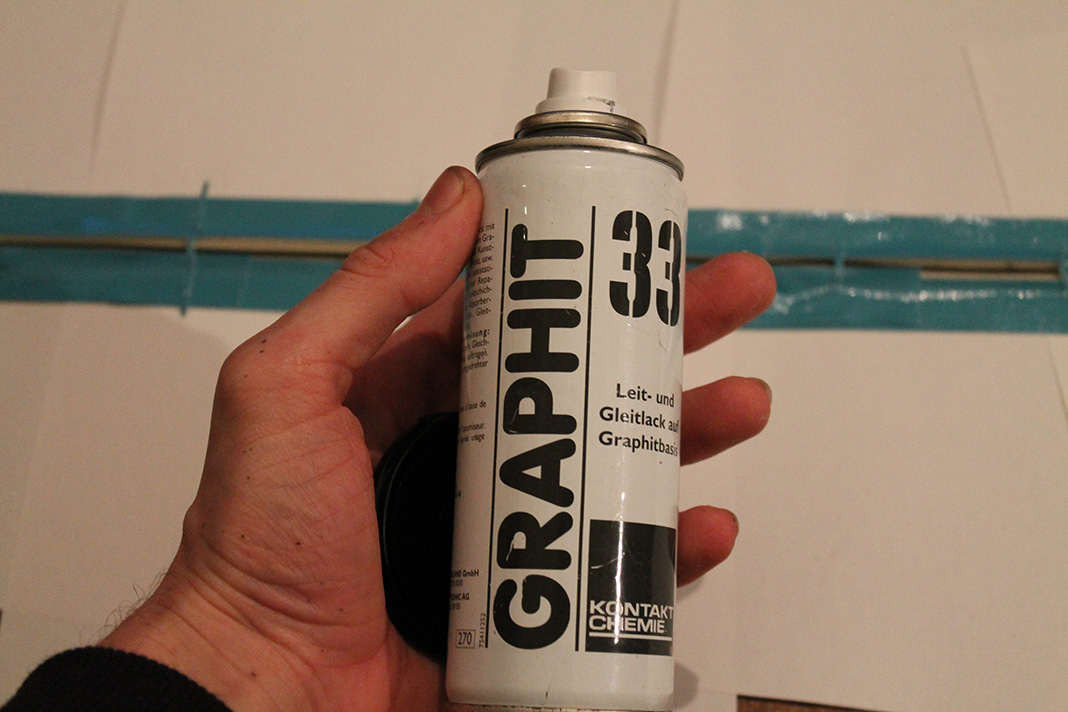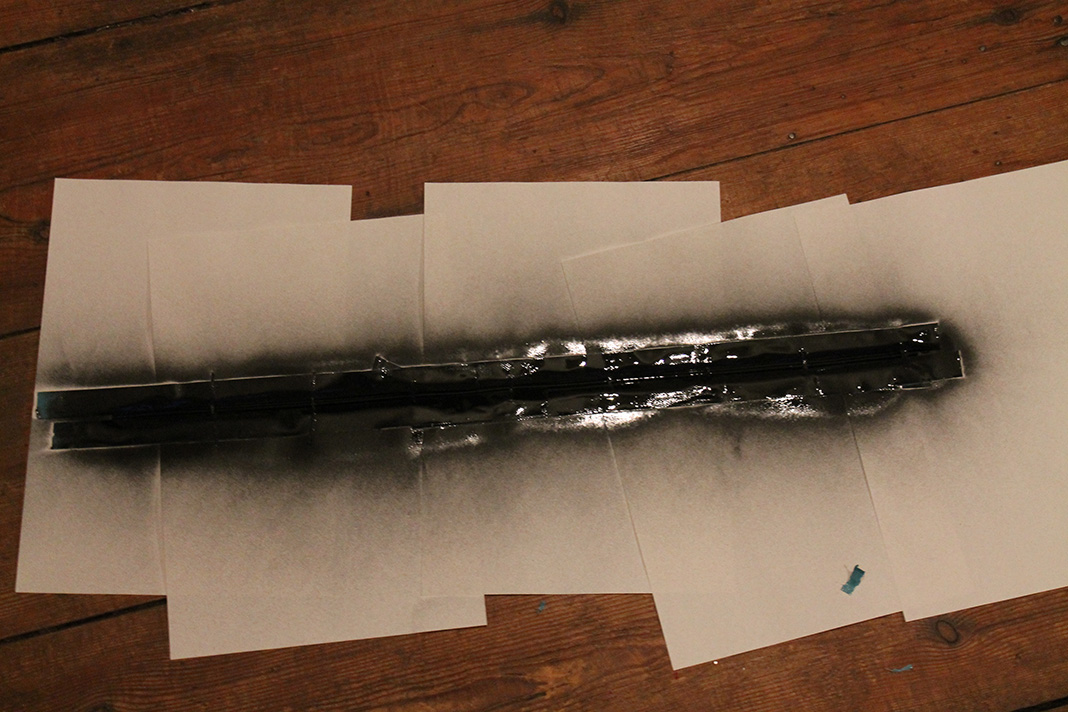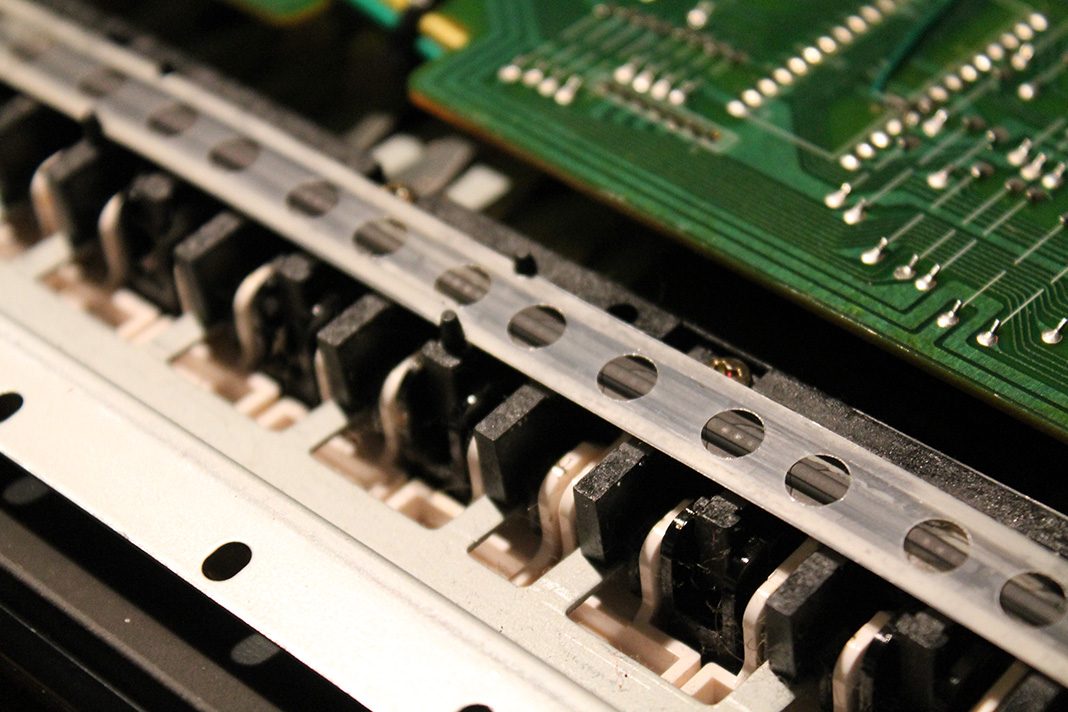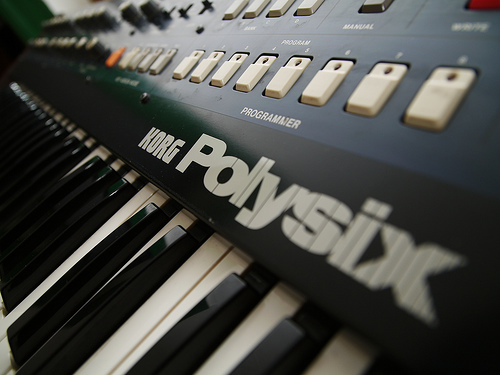This Novation Supernova just came in.
probably due to overvoltage on one of the outputs two of the outputs failed.
Which is actually really lucky, take a look at the damage!
This is the bottom side of the PCB, the trace coming from the connector vaporized and you can see how much heat must have been there: A large area of the solder resist is gone too. If you look closely you can see, that the trace actually fused with the surrounding ground plane. I believe this is what saved the Supernova, because it protected the rest of the circuitry from the high voltage.
This is the other side. I already desoldered the connectors. As you can see there was a lot of heat here, too, the trace acted like a fuse and melted and the 47Ohms resistor exploded. Wow!
These are scorch marks on the metal enclosure which was about 1cm away from the PCB.
Apart from that only some more resistors and an op-amp failed. Amazing when you consider what must have happened here!
I replaced the broken SMD components, redid the broken traces and the two outputs are working again 🙂
In the picture above you can see the replaced opamp and some replaced resistors. Unfortunately I didn’t notice a broken 740 ohms resistor before I ordered the parts. I used wired one instead, doesn’t look as nice, but works as well.


